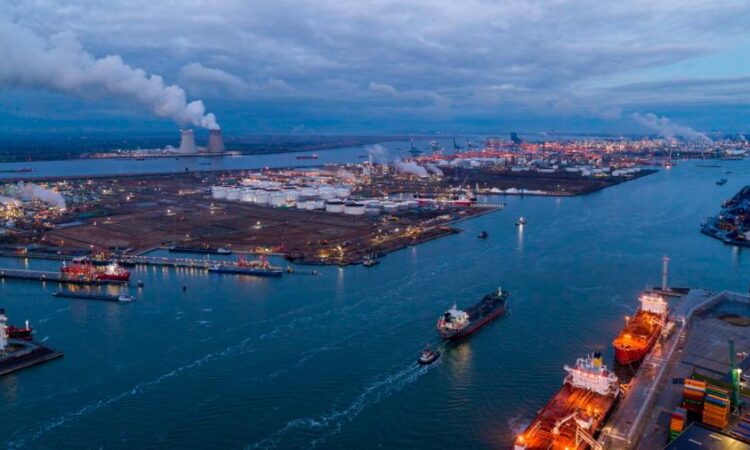
Ineos has secured €3.5bn in financing to push ahead with a new energy-efficient petrochemical facility in Belgium, in a vote of confidence in a European sector that has been rocked by the energy crisis.
The company, run by the UK’s richest man Jim Ratcliffe, plans to develop its “Project ONE” cracker in Antwerp — billed by Ineos as the biggest investment in European chemicals in a generation — despite rivals such as Germany’s BASF announcing they would downsize in Europe “permanently” because of rising energy costs.
Ineos said the new facility, plans for which were first revealed in 2019, will still be economically viable as it will be one of the most energy efficient in the world and produce far less emissions than rivals.
The company said it was confident that the European petrochemicals and manufacturing sectors could adapt to the energy crisis triggered after Russia slashed gas supplies following its invasion of Ukraine, despite warnings that capacity will increasingly switch to Asia and the US.
“We believe in the future of Europe and the renewal of European industry,” said Jason Meers, chief financial officer of the project.
“The reason securing the financing is so important is, we’re showing that if you’re doing the right thing with the right projects you can get backing. The project economics are extremely sound.”
The €3.5bn in financing will come from 21 commercial banks and the export credit agencies of the UK, Spain and Italy, alongside a loan guarantee of up to €500mn from Gigarant, part of the Flemish government.
The new cracker at Ineos’s existing Antwerp facility will convert low-cost ethane — a byproduct of natural gas production — into ethylene, one of the most important feedstocks used in making everything from food wrappers to insulation.
Ineos has established a fleet of 16 tankers over the past six years dedicated to transporting ethane from the US to its plants in Europe, taking advantage of lower feedstock costs created by the US shale boom.
“We’re taking US energy economics and importing them into Europe,” Meers said. “That makes it extremely competitive.”
While European gas prices have eased from their peaks last summer, when they reached 10 times their historical average, they remain high compared with pre-crisis levels.
Ineos said the plant could be powered by low-carbon hydrogen within 10 years, provided plans to make the fuel a bigger part of Europe’s energy mix take off.





